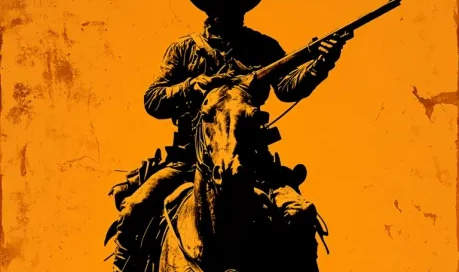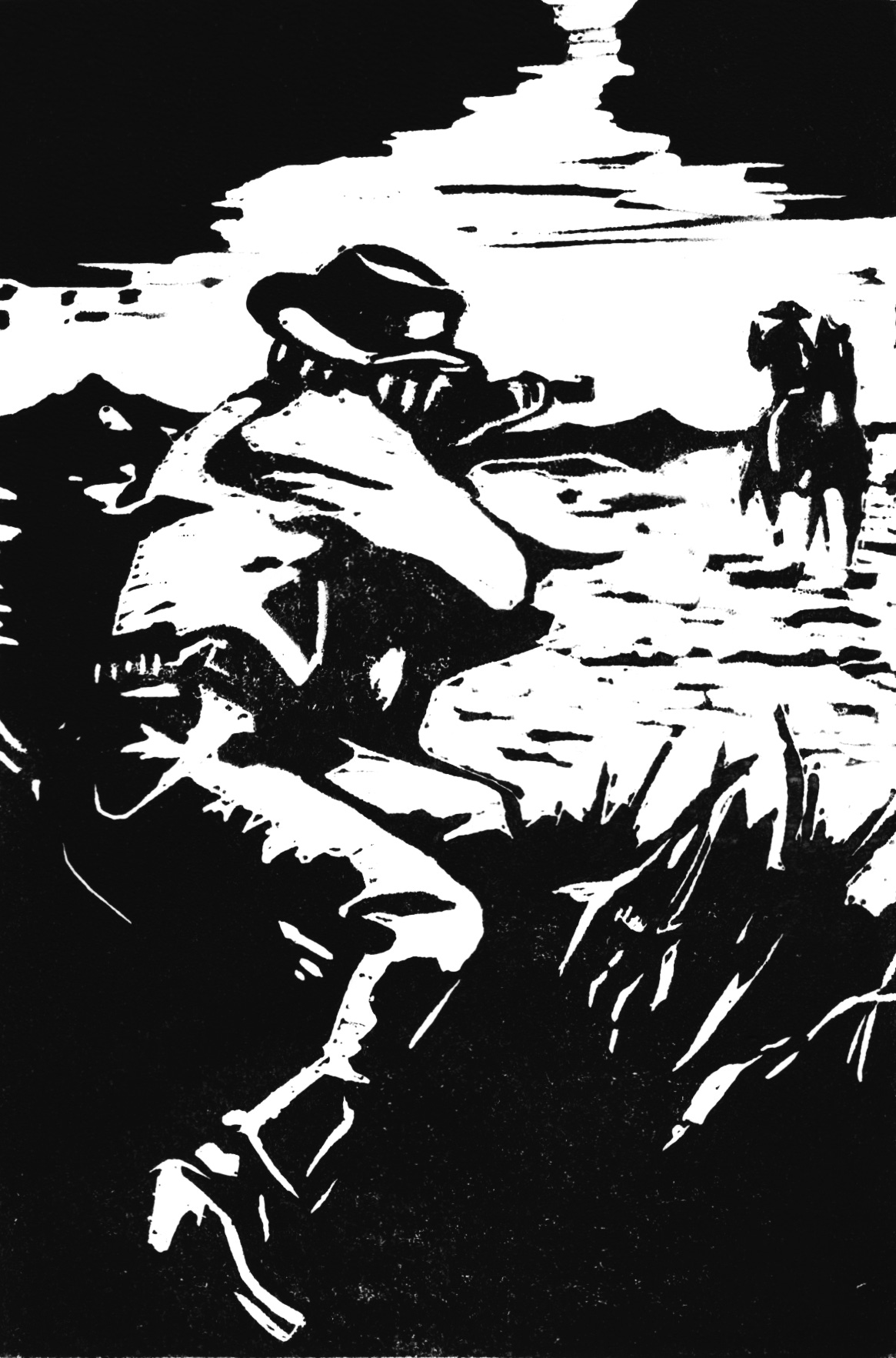I just released The Reckoning, my first foray into TTRPG game design.
Wow…has this been a learning experience. It’s given me much more respect for game designers than I ever had before.
Not that I assumed it would be easy. Nothing ever is.
Since many people are involved in some stage of the design process, I thought I’d share the top three things I've learned from this project. Again, this isn’t advice from a long-time design expert, just some options I’ve had to consider.
Lesson 1 – Rules Bloat
I spent the better part of 6 months working on a highly detailed, super-crunch game that may or may not be released. I kept adding rules and mechanics, vainly groping after complete realism.
What I got worked, but there was just too much math and too many modifiers.
It wasn’t my intention for the player to make twelve different adjustments to determine hits nor to roll six times for the damage effect. But that’s where I was.
I just asked myself, would I take the time to read and learn these rules if I wasn’t the designer?
My honest answer was no.
I shelved the project and started from zero. The basic mechanics I chose form the core of The Reckoning. It was more accessible, playable, and enjoyable.
As the designer, I can always add complexity later.
Lesson 2 – Realism
I thought that I’d try to make the game as realistic as possible.
To me, that meant numerous options – and rules to govern them. However, playing some solo rules-light games helped me realize that games cannot even approach reality.
I thought back to Alfred Korzybski’s philosophical dictum, “the map is not the territory.” Complete realism in a game isn’t possible. To be useful, a map must omit as much or more information as it reveals.
A map of political borders typically won’t reveal much about topography or underground mineral resources. Nor should it. It would be way too cluttered and hard to read.
Realism is partly a product of mechanics.
A normal human in the Wild West should have a likely chance of death from getting blasted close range by a sawed-off shotgun. This can be managed by adjusting hit points and damage.
However, much of the realism stems from the background info, narrative, and vibe.
A historical Wild West game (not a Weird West game) requires considerable research about the factions and locations. After all, these were real, not created out of whole cloth.
Remember that you’re making a game - don’t chase reality too far.
Lesson 3 – Perfection
I am a classic overthinker and over-preparer.
It’s hard for me to accept that something is finished. Whether it’s writing, art, or game design, I can overwork something to death. Letting go is hard.
From talking to others, I know I’m not the only person with this issue.
Do whatever it takes to complete your project, then accept it. There is no way to gauge how people will respond to it. It may be a smashing hit, mediocre, or horrible.
I had to put that out of my mind and create a game I would enjoy playing.
One of my good friends always says, “Finished is better than perfect.” There’s so much truth there.
This doesn’t mean doing sloppy work and throwing every first draft to the public. It just means I have to set deadlines and keep my expectations realistic.
You cannot achieve perfection. But you can see something through to the end.
Just do it.
Every new creative, intellectual, or physical goal presents different challenges. Take these ideas from a neophyte game designer for what they’re worth. Perhaps there’s something in here that will help.






Thanks for the reading! I think I have fallen in the same ‘errors’ you outlined here: it is not a coincidence the upcoming streamlined version of my game… 😉
I agree with this. These are hard rules to learn, but you save yourself a big headache next time around. Your game seems to have a clear vibe. That’s a big win.